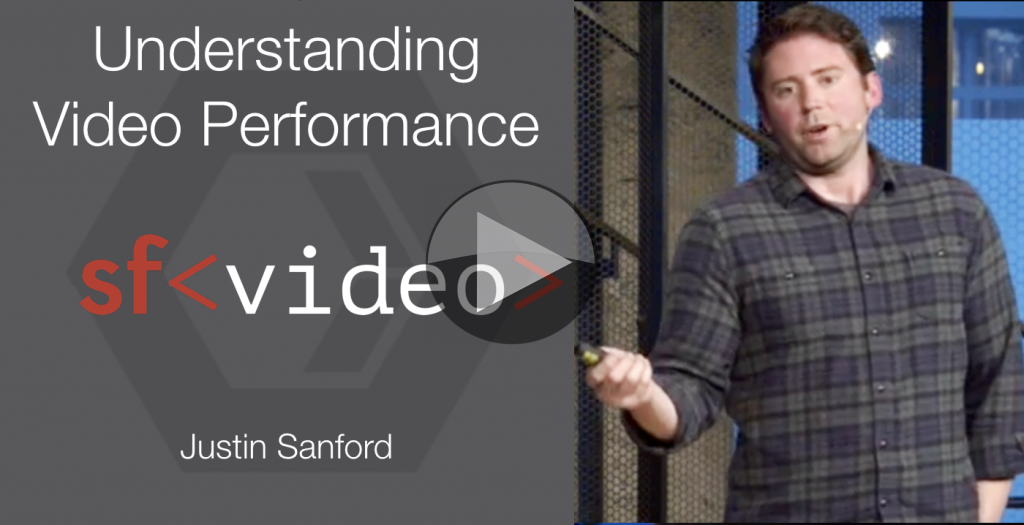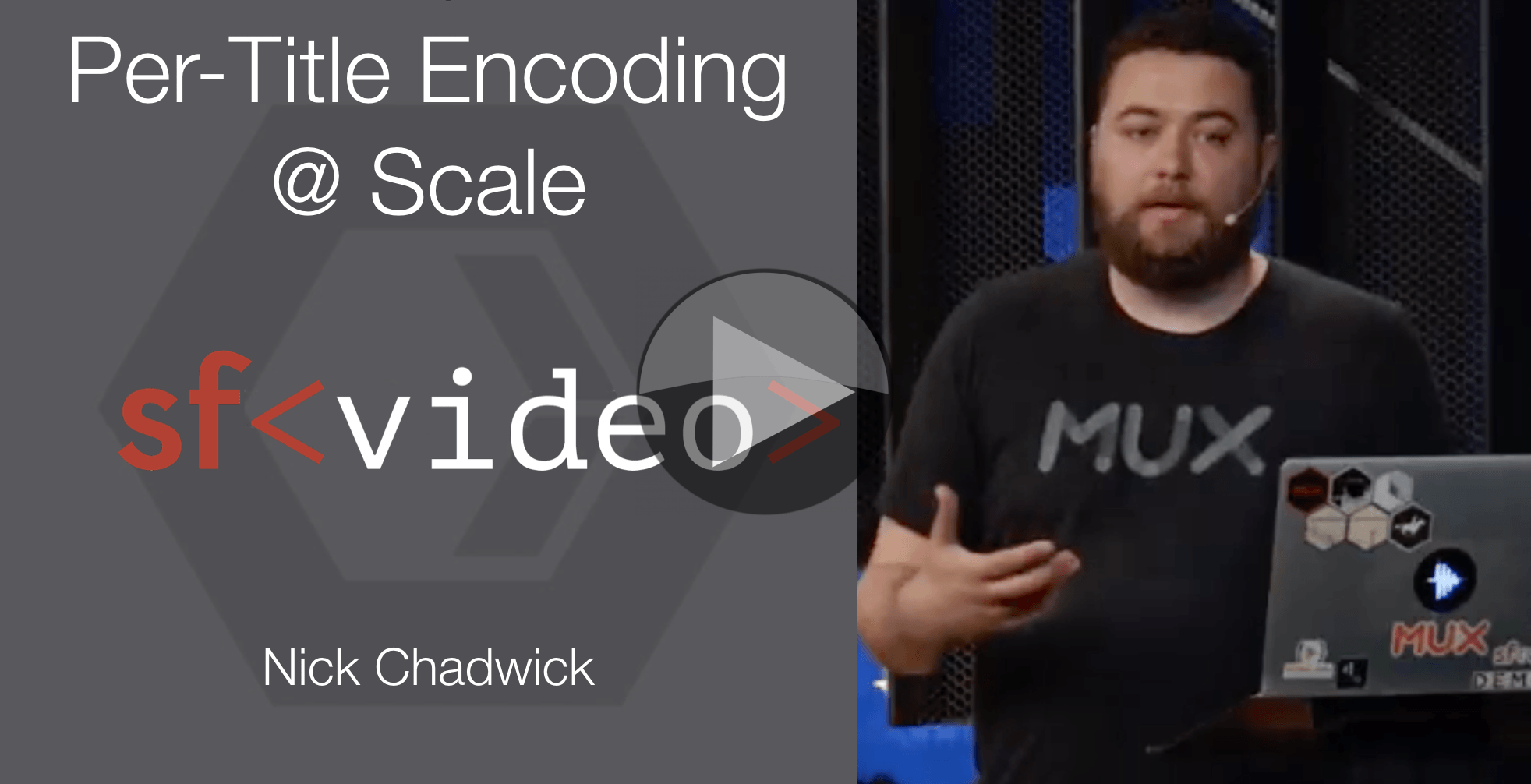Mux’s Justin Sanford explains the difference between Quality of Service and Quality of Experience; the latter being about the entire viewer experience. Justin looks at ‘Startup time’ showing that it’s a combination of an number of factors which can include loading a web page showing the dependence of your player on the whole ecosystem.
Justin discusses rebuffering and what ‘quality’ is when we talk about streaming. Quality is a combination of encoding quality, resolution but also whether the playback judders.
“Not every optimisation is a tradeoff, however startup time vs. rebuffering is a canonical tradeoff.”
Finally we look at ways of dealing with this, including gathering analytics, standards for measuring quality of experience, and understanding the types of issues your viewers care most about.
From San Francisco Video Tech.
Watch now!
Speaker
 |
Justin Sanford Product Manager, Mux |









